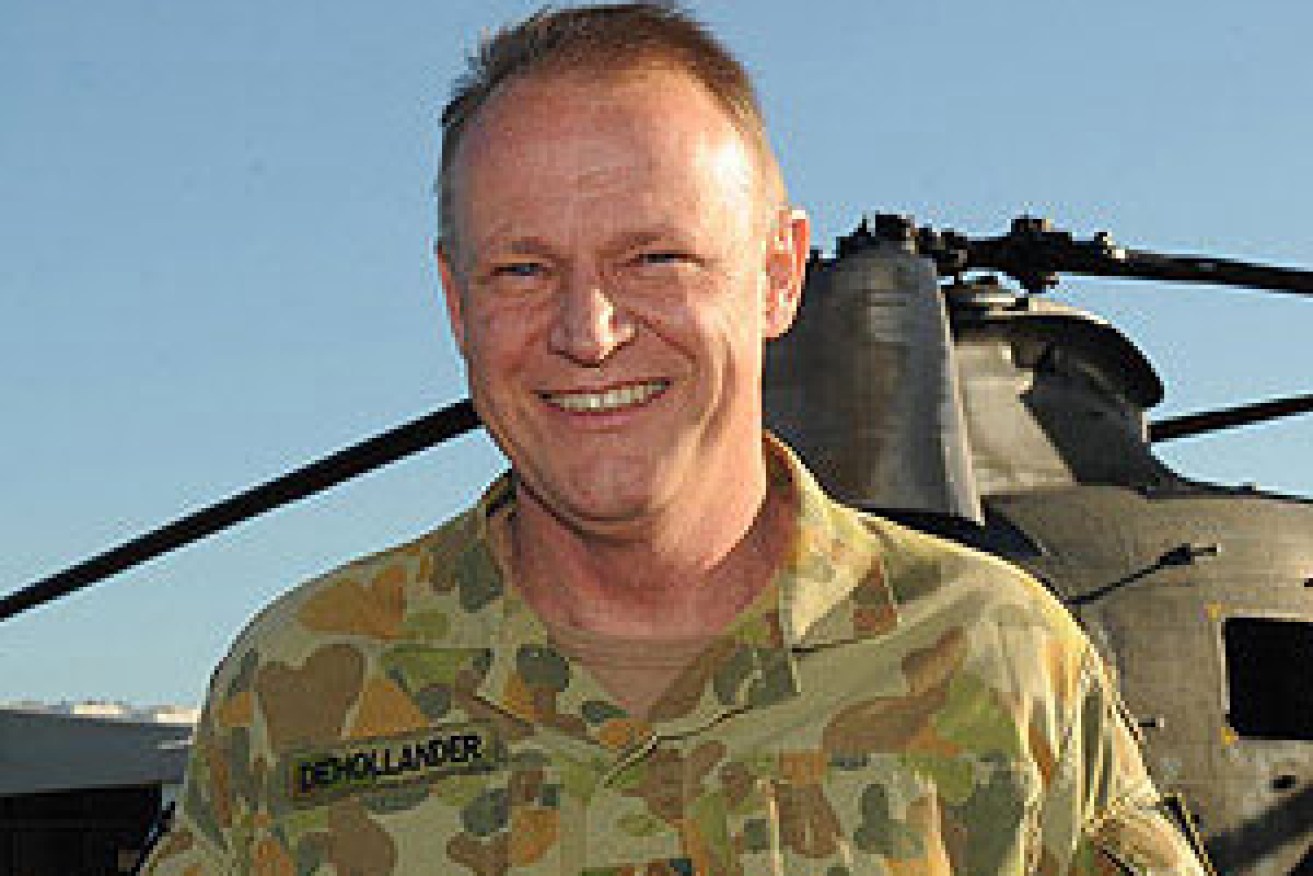Lack of awareness still a problem in male breast cancer


Lower survival rates in men with breast cancer compared to their female counterparts are likely to be associated with later diagnosis, says John Boyages, professor of Breast Oncology at Macquarie University.
“Men with breast cancer are often diagnosed at a later stage than women,” says Professor Boyages, pointing to statistics showing that in 60 per cent of men diagnosed, the cancer had already spread beyond the breast, to adjacent lymph nodes or other parts of the body, compared to 45 per cent of females with breast cancer.
While the disease is far from common in men – making up only one per cent of all breast cancer diagnoses – delays in reporting potential symptoms to a doctor, and ultimately in getting treatment play a key role in survival rates. As with breast cancer in females, early detection is crucial to successful treatment.
• Mother’s Day Classic 2015 hailed as a great success
• Sitting down may increase risk of breast cancer
• Breast cancer at different ages: 40s and 50s
• Breast cancer at different ages: 20s and 30s
Tim Dehollander, a helicopter pilot in the Australian Army based in Townsville, Queensland, first noticed a lump in 2011.

Tim Dehollander was diagnosed with breast cancer after finding a lump, which had originally been disregarded by doctors.
“It felt like a pea under a blanket,” says Mr Dehollander, 53, who already knew of male breast cancer through medical training he’d received during the course of his career.
Following a visit to his doctor and a subsequent ultrasound, he was advised the lump was nothing to worry about. Eleven months later, he noticed the lump increasing in size and becoming sore, and returned to the doctor.
“I had a biopsy, and within a week I was on the operating table,” he says. “I had a mastectomy to remove the breast and 14 lymph nodes, leaving a scar from where the nipple was all the way into the centre of my armpit.”
Chemotherapy came next, backed up by treatment with tamoxifen.
For all breast cancer patients, there can be an ongoing psychological effects on self-esteem and body image – but for men with a disease more often associated with women, there can the added element of embarrassment. Mr Dehollander believes it’s important to get past this.
“All mammals have breasts – that’s just biology. And I think society’s grown up a bit,” he says. “I’d say about seven out of 10 people that I tell have heard of male breast cancer now. It’s mostly older people that are confused by it.”
Thanks to a support network including his wife, three children, friends and colleagues, Mr Dehollander has felt surrounded by positivity throughout his cancer journey.
“I’ve been able to return to work, and it’s important to me that life carries on as normal,” he says. “But I also feel it’s important to share my experience with others, to help encourage early intervention by raising awareness. My case has very good prospects mainly due to what I believe was awareness of the disease and a positive attitude.”
Possible symptoms to look out for include:
• Painless lump close to the nipple
• Discharge from the nipple
• Change in the shape or appearance of the nipple
• A change in the shape or appearance of the breast, such as swelling or dimpling pain
• Swollen glands under the arm
For more information on male breast cancer, visit http://breastcancerinmen.canceraustralia.gov.au
 The New Daily is a proud partner of the Mother’s Day Classic, a fun run and walk, which raises funds for breast cancer research. To donate, click here.
The New Daily is a proud partner of the Mother’s Day Classic, a fun run and walk, which raises funds for breast cancer research. To donate, click here.








